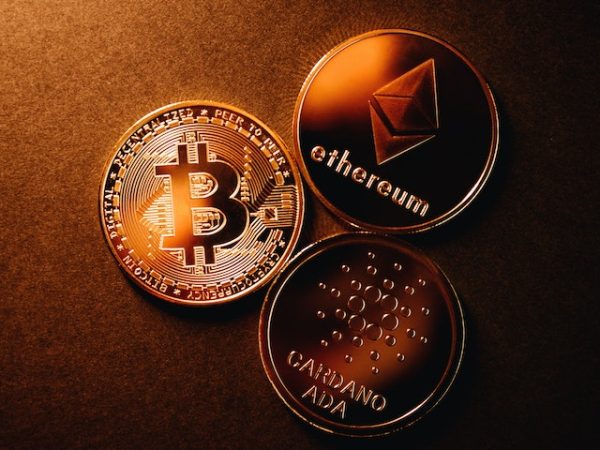In recent years, the art world has witnessed a remarkable shift in the way art is created, distributed, and sold. One of the most significant changes is the emergence of Non-Fungible Tokens (NFTs) in the art market. NFTs are unique digital assets that allow creators to sell their work as one-of-a-kind pieces. In this blog post, we will explore the rise of NFTs in the art world and their impact on the creative economy.
What are NFTs?
NFTs are unique digital assets that are stored on a blockchain. They are different from traditional cryptocurrencies like Bitcoin because they are not interchangeable. Each NFT represents a unique digital asset that cannot be replicated or duplicated. NFTs are often used to represent digital art, music, videos, and other forms of creative content. The ownership of an NFT is recorded on the blockchain, which makes it easy to prove ownership and transfer ownership to others.
The Rise of NFTs in the Art World
NFTs have become increasingly popular in the art world because they allow artists to monetize their digital creations in a way that was not possible before. Before NFTs, digital art was often shared and distributed freely on the internet, which made it challenging for artists to earn a living from their work. With NFTs, artists can sell their digital art as unique, one-of-a-kind pieces, and collectors can own a piece of digital art that is rare and valuable.
The Impact of NFTs on the Creative Economy
NFTs have the potential to revolutionize the creative economy by providing new opportunities for artists to monetize their work. With NFTs, artists can sell their work directly to collectors without the need for intermediaries like galleries or auction houses. This means that artists can keep more of the profits from the sale of their work.
NFTs can also help to create a more diverse and inclusive art market. Traditional art markets have been criticized for being exclusive and favoring established artists. With NFTs, new and emerging artists can sell their work directly to collectors and build their brand without relying on the traditional art world gatekeepers.
Furthermore, NFTs can provide a way for artists to ensure that they are properly compensated for their work. Because the ownership of an NFT is recorded on a blockchain, artists can receive royalties each time their work is resold. This can help to address the issue of artists not being fairly compensated for the increased value of their work over time.
Conclusion
NFTs have the potential to transform the way that art is created, distributed, and sold. They provide new opportunities for artists to monetize their work and create a more diverse and inclusive art market. However, like any new technology, there are also risks and challenges associated with NFTs, such as the environmental impact of blockchain technology and the potential for fraud and speculation. Nevertheless, it is clear that NFTs are here to stay and will continue to have a significant impact on the creative economy in the years to come.
